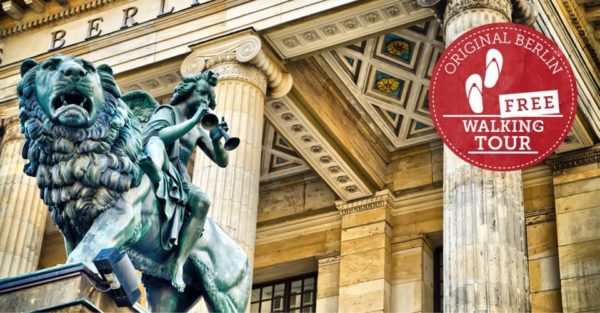When it comes to iconic landmarks in Berlin, Germany, the Oberbaum Bridge stands out as a formidable testament to the city’s vibrant past and its continuous development. Spanning over the River Spree, this architectural marvel has played a significant role in the city’s history and remains an essential part of Berlin’s identity. From its humble beginnings to its present-day significance, let’s explore the captivating story behind the Oberbaum Bridge.
A Bridge with Historical Significance
Oberbaum Bridge is also known as the Oberbaumbridge in Germans; before the appearance of the metallic bridge, it was a simple wooden drawbridge built in 1724. During that time it provided transportation link between two geographical locations of Fiedrichshain and Kreuzberg today we are parts of Berlin. The building’s initial purpose was tied to the activity across the river where it was located; controlling an important trade route connecting Berlin to the Baltic Sea.
Nonetheless, the Oberbaum Bridge really became a topic of historic importance in the 19th century. After the Industrial Revolution another bridge was constructed in neo-Gothic architecture in 1896-1897 as the crowded city needed the bridge more frequently. The daring design that was achieved elicited international interest and became an instant icon of Berlin’s renewal and growth.
In the competing century it faced the military seizures and attempted to face the destiny which was the much divided city of Berlin. The Oberbaum Bridge became a representation of the Contrast of the Cold war between East and West Berlin. Adjacent to the border between the two Sectors, the bridge was shut down for vehicular and foot traffic when the Wall was built in 1961.
Indeed, the Oberbaum Bridge that connected Friedrichshain in the East to Kreuzberg in the West was one of the most potent symbols of this division for almost three decades. For quite a while after the World War the bridge dropped a significant role as division separated East and West Berlin while only in the year 1989 when the Berlin Wall came down that the bridge resumed its original importance as means of passage in-between east and west of the city.
Currently, the Oberbaum Bridge has been redesigned and transformed into a center for unification and lively business. Its style is dominated by red-brick, towers and pointed-steeple, as well as exquisite shapes and patterns. Owing to the current increased interest in sightseeing, visitors are allowed to have a good view of the surrounding environment as well as the stunning skyline of Berlin as well as the East Side Gallery, which is basically a portion of the Berlin Wall that contains artwork in different shades of colors.
Moreover, the Oberbaum Bridge has become a part of much significance today for road transport, foot traffic as well as a railway that forms the city’s U-Bahn or metro. It has also known as a symbol of modernity and creativity of the recent civilizations. Many cultural establishments, art galleries and fine bistros and bars are located around the vicinity catering for residents and tourists.
However, if you live or are merely a tourist in Berlin, then your visit to this city is incomplete without a glance at the Oberbaum Bridge. Walking across the bridge and having a great view on the river and the surrounding a person should remember what history lays here and what values it has for the city. Remember to photograph architectural details in the buildings and enjoy the lively busy environment that comes with this great monument.
It’s important also to spend some time in the local sights – East Side Gallery, for example, is an open-air museum, where artists from all over the world paint their vision of freedom and togetherness on the wall.
Conclusion
The Oberbaum Bridge stands as a testament to Berlin’s tumultuous history and its resilience as a city. From its origins as a wooden drawbridge to its contemporary significance as a symbol of Berlin’s reunification, the bridge tells a captivating story. Visiting the Oberbaum Bridge allows you to connect with the city’s past, present, and future, providing a rich and immersive experience that truly encapsulates the spirit of Berlin.
So, when you plan your trip to Berlin, make sure to include the Oberbaum Bridge on your itinerary. Prepare to be captivated by its beauty, enchanted by its history, and inspired by the unity it represents.
Table of Contents

